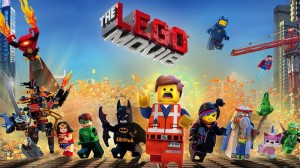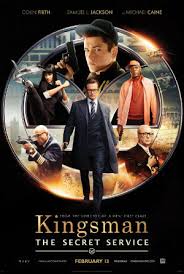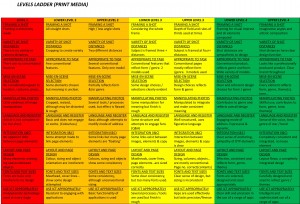Over the next few weeks you need to make a point of listening to three Podcasts on The Film Industry. These podcast contain interviews, discussions and issues about all the areas of the film industry that we are studying. They are called:
- Development Hell – This episode is all about how a film gets the green light for production and about how script are drafted and redrafted and how stars are cast.
- Getting to the Screen – This episode is all about marketing and distribution and discusses the ways in which films get the attention of the audience.
- The Business of Showing – All about the many different ways films are watched by audiences from Imax to Phones and everything in between. Over the next few weeks you should listen and make notes on each part of the documentary.
Here is a three part document, that includes questions for each part. The questions are in chronological order, so listen carefully and you’ll hear the answers in the order they are written.
Date of the exam is 18th May 2018.
We will be running a specific session before Easter and several after Easter but start now. Don’t wait. Read through the resources and start practising TV drama note writing and start learning some case studies for Film Industry.




